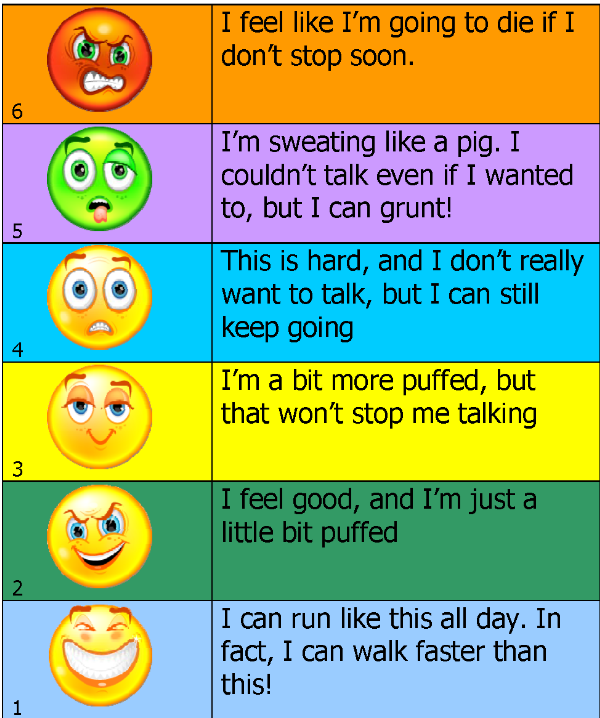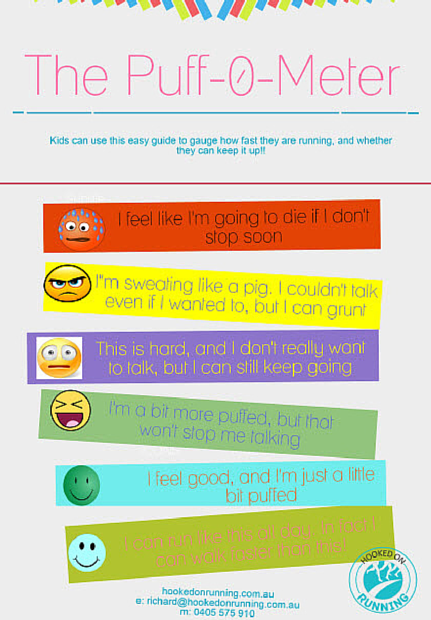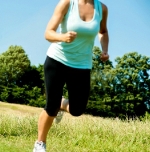One month of winter weight gain can hang around for years!

Don’t let it happen to you this winter. Here are 10 ways to come out the other side of this winter in great shape.
Don’t be too hot in bed
Don’t get too cozy under your doona this winter. Being too warm can actually prevent you from getting a good night’s sleep, which can spell bad news for your waistline. Researchers at Columbia University found that people who get 7 to 9 hours sleep a night are 50% less likely to be obese, than those who get less than 5 hrs.
So what’s that got to do with your doona? When your core temperature drops, you get your best sleep, so if your body is too warm, you’ll find it difficult to get your best sleep. The optimal temperature for you to get your best sleep is 15 to 20 degrees C.
If you succumb to a cold, be extra vigilant with your food intake
Not only can feeling less than 100% make you feel less inclined to exercise, a cold virus itself can make you pile on the kilos. There is evidence to suggest that the common cold virus can increase the number of glucose receptors on your fat cells, according to the Obtech Obesity Research Center. This causes them to grow bigger in size and number, meaning you put on weight.
Eat in a warm room
Research from Maastricht University in the Netherlands showed that eating in warmer temperatures is better at leveling your cravings. Women who ate in a nice warm room kept at 27 degrees celcius rated themselves as 20% less hungry, and ate 10% less, than women who ate in a room at a cooler 22 degrees C.
Surround yourself with healthy friends and family
A New England Journal of Medicine study found that you’re 57 percent more likely to be obese if you have a friend who’s fat, and 37 percent more likely if your spouse is on the cuddly side. A 2010 study in the journal Obesity found that people are less likely to consider themselves overweight when surrounded by other people who are bigger.
If you’d rather “eat a potato than have sex” get plenty of sunshine
If you’re one of the people who feel blue when winter turns on it’s shortest greyest days, it’s likely you’re unconsciously turning to carbs to deliver a quick hit of serotonin (the feel good chemical produced naturally in your body).
During winter, “there are people who go into a hibernating depression. They say they’d rather eat a potato than have sex” says Dr Douglas Moul from the Cleveland Sleep Disorders Clinic
This condition, know as Seasonal Affective Disorder (SAD) is a recognised clinical condition which affects people mostly in the winter months. Research shows that it can trigger cravings for carbohydrates, and that people with SAD can eat an additional 800 calories a day from carbs alone. It seems people are most affected by the lack of sunlight, so one of the recommendations for people with SAD, is to get out and about in the day time and see as much sunlight as possible.
Keep an eye on your portion sizes
Trick yourself by using smaller bowls and plates. Use the visual cue of a smaller bowl or plate, to help you limit your portion size. Research using a self -refilling soup bowl showed that you’ll eat more if you are presented with more food. It’s easier to feel satisfied with smaller portions if your food is served on a smaller plate.
Snack Smart
Rather than an oversized blueberry muffin, choose two thin slices of raisin toast buttered sparingly to go with your coffee, and save yourself a couple of hundred calories. And on the subject of coffee, instead of a latte or a flat white, try ordering a long black with some hot milk on the side. You’ll be able to control the amount of milk you’re drinking, and can save yourself another 200 odd calories on a 300 ml cup. And you’re far less likely to have a coffee that is on the ordinary side. Even an inexperienced barista can’t go too far wrong with a long black.
Keep up the Exercise. Have a plan B
If you know you just can’t get up early in winter to exercise, then try getting out at lunch time for a run, or running straight after you finish work, before you make the journey home. Have an indoor workout planned. You can put together a simple body weight circuit you can do in the comfort of your own lounge room. Another great indoor winter workout is swimming. The thought of it isn’t all that tempting, but even though it’s wet, it’s warm. Plan a swim session once a week, and see the benefits. It’s a great recovery session!
Choose comfort foods wisely
Porridge is a great winter warmer, but not so great if you add cream and sugar or honey. Make your porridge on water, and cook some banana with it for sweetness. If you’re making casseroles using the slow cooker, make sure you trim all visible fat from your meat before you pop it in. Unlike grilling or bar-b-queing, all the fat on the meat in a casserole will go straight onto your wobbly bits – the fat will simply cook off the meat and blend with the gravy (which is oh so yummy!)
Keep a food and exercise diary
Become more mindful of your activity levels and what you’re eating. I’ve found a great way to be sure of hitting my health goals is to keep a sticker chart. I have it plastered on the fridge where everyone can see it, and my kids will be the first to point out to me where I’m failing.
You can see my health and fitness tracker here










 Train to breathe as hard as you can
Train to breathe as hard as you can